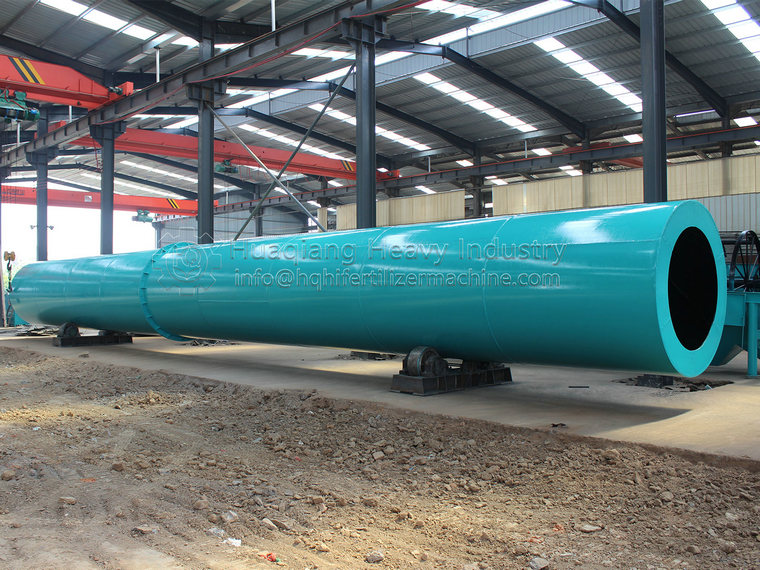Chemical sludge dryer can dry materials with 90% water content to finished products in one go. In response to the characteristic of easy agglomeration during the sludge drying process, the material plate structure of the general single channel dryer has been changed, and a combined self-cleaning device has been adopted, greatly expanding the application range of the single channel dryer. It can not only dry various types of sludge, but also various high viscosity materials.
1. Before installation, check whether all components are intact and clean the interior.
2. After installation in place and before commissioning, check whether the bearing seat has been filled with lubricating grease, or add proper amount of lubricating grease. Generally, No. 2 molybdenum disulfide compound calcium base grease or other suitable grease resistant to high temperature shall be used.
3. Before installing the rotary joint, it is necessary to carefully read the “User Manual” of the rotary joint and install it correctly to prevent damage to the sealing gasket.
4. Pressure gauges and pressure stabilizing devices need to be installed on the inlet pipeline of heating or cooling media. A safety valve must be installed before the inlet to prevent equipment from operating under overpressure. The temperature of the heating medium must not exceed the rated operating temperature.
5. When installing a rotary joint with a single end configuration at the end of the shaft, attention should be paid to the fact that the surface of the nozzle end that extends into its inner cavity within 200mm should be smooth and free of holes, rust, slag, and scars, meeting the sealing requirements for heating (or cooling) media, and the size should be appropriate. Just like the double end installation rotary joint, the entire machine can only be debugged after pressure testing without leakage.
6. Inspect and debug gear or chain drives to ensure they meet mechanical transmission requirements.
7. Conduct safety checks on electric motors and appliances. Touch the power switch of the motor to ensure that there is no jamming on the motor and transmission components, and ensure that the rotation of the main shaft is correct (the blade should be pointed forward when rotating).
8. Start the motor and let the equipment run without load. The operation should be smooth and there should be no abnormal noise. For those with speed regulation devices, speed regulation should be carried out within an adjustable range, and acceleration should be carried out slowly to check whether the speed regulation characteristics meet the requirements. The no-load operation shall not be less than 30 minutes.
9. Gradually heat or cool, observe the operation, and ensure that the heat or cold source meets the usage parameters. Equipment with cooling protection devices must open the cooling water valve before steam is supplied. Gradually add materials, observe and check the drying condition of the materials, and continuously adjust the feeding amount, heat (cold) source amount, discharge amount, and speed as needed. Once the design requirements are met, the materials can be put into normal operation.